New restrictions dropping speed limits to 20mph in numerous areas across the Highlands come into force today.
A number of trunk roads from across the north have been added to the pilot project, which now features 125 towns and villages.
The changes are being made on the back of a Scottish Government commitment to reduce the speed limit of roads in built-up areas to 20mph by 2025.
Opponents haven’t been shy to criticise the plans on social media.
But supporters of the changes believe it will create a safer environment for everyone.
Here we take a look at some of the common questions about the scheme.
Why are the 20mph zone changes being introduced in the Highlands?
The drive behind the changes can be mainly split into two camps.
Safety – reducing the number and severity of collisions – and perception – encouraging people to walk and cycle on their local streets.
Evidence from around the world is clear that decreasing speeds will save lives and reduce the amount of injuries suffered on our roads.
As for the perception, the thinking is that making streets safer for playing, walking and cycling will encourage people to be more active.
That in turn improves their overall health and wellbeing.
Councillor Ken Gowans, who is chairman of the economy and infrastructure committee, has been very supportive of the changes.
He previously said: “Research has shown that reductions in speeds make our streets much safer places. It reduces the impacts and incidences of injuries.
“This will support and encourage more active travel and make our communities much safer, especially for our children.”
Will the new limits be strictly enforced?
Hmm, it depends who you ask.
The new signs are up. The council has its road traffic orders in place and the new speed limits are legally enforceable, of course they are.
However, the police already have a lot on their plate.
If you’re zooming along a road with a changed limit at 30mph and they catch you, you’re bang to rights.
But against a backdrop of pilot projects where police are not investigating some minor crimes and officer numbers are declining, it seems unlikely we’re about to see a major new crackdown on residential speeders.
That followed the introduction of the new speed limits to 97 settlements in the region.
Then again, road safety continues to feature at the top of priority lists for Highland officers.
Whether that extends from major roads like the A9 and A96 into small neighbourhoods remains to be seen.
Why is this being brought in when no one supports it?
This question seems to be a staple of the comment section whenever Highland Council announces anything related to the 20mph rollout.
Undoubtedly, there are plenty of people who disagree with the need to change things.
But it isn’t a true reflection of things.
After a pilot was introduced in south Edinburgh in 2016, 79% of people surveyed about it backed the changes and 4% opposed it.
Are these changes permanent?
No, this is a trial period.
Community council surveys and an online public consultation are planned for 2024 to gauge reaction to the changes.
Once that happens, an evaluation report will be discussed by councillors in late 2024 or early 2025.
A final decision on which streets should remain 20mph and which should revert back to 30mph will then be made.
Which streets are affected by the new 20mph speed limit scheme in the Highlands?
Restrictions come into force today on trunk roads going through Fort Augustus, Drumnadrochit (A82), Mallaig (A830), Kyle of Lochalsh (A87), Scrabster, Helmsdale (A9), Wick (A99) and Contin (A835).
There has some confusion following the introduction of some 20mph signs in places where they weren’t supposed to be.
The council has admitted that because the scheme is being carried out so quickly, some “anomalies” have occurred and staff have been working to fix any issues as quickly as possible.
An interactive map showing all the locations with 20mph zones is available on Highland Council’s website.
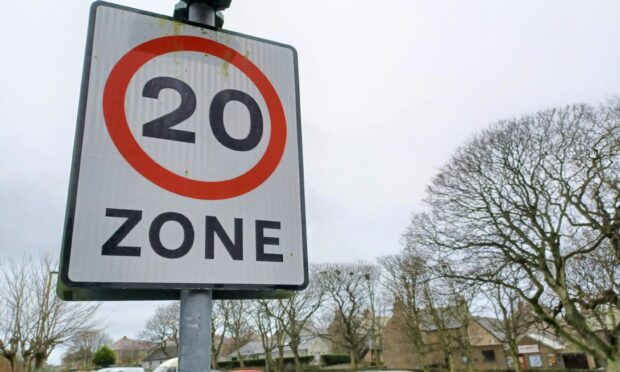
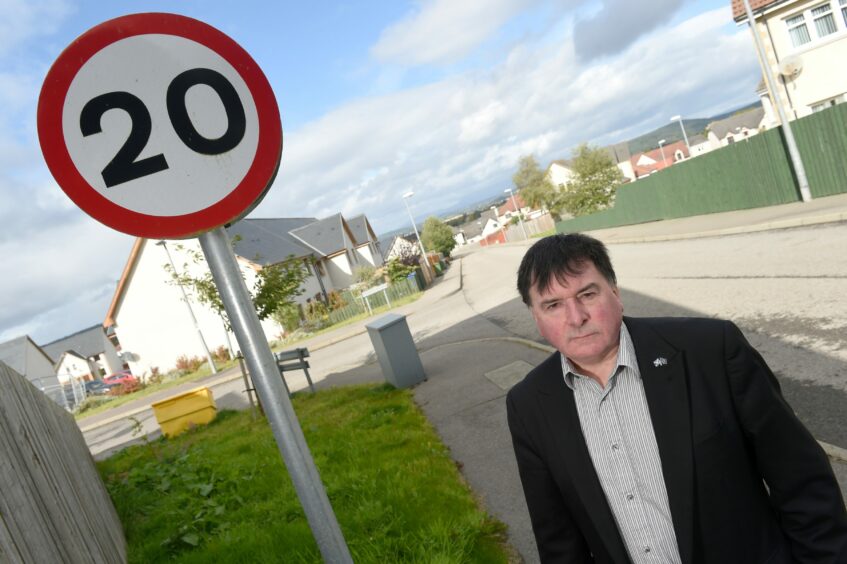
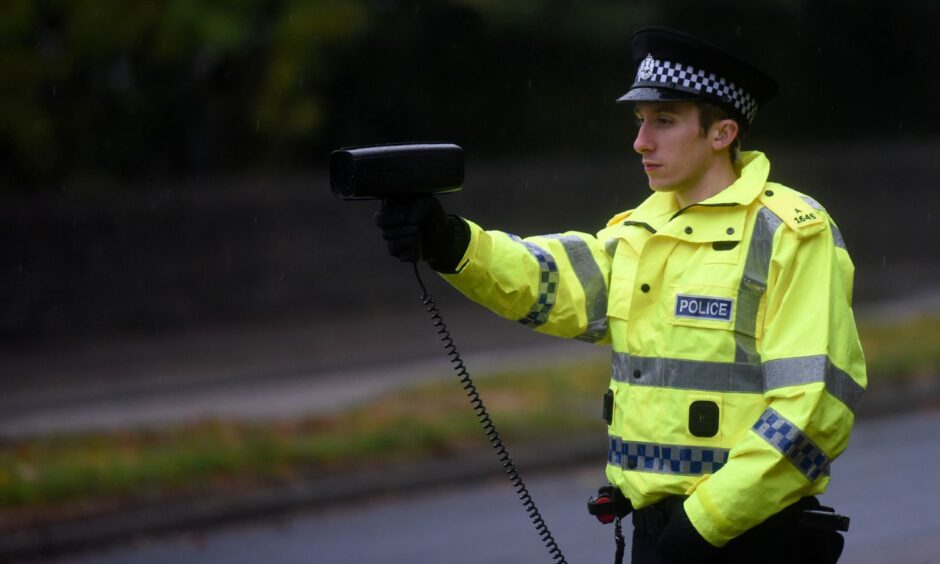
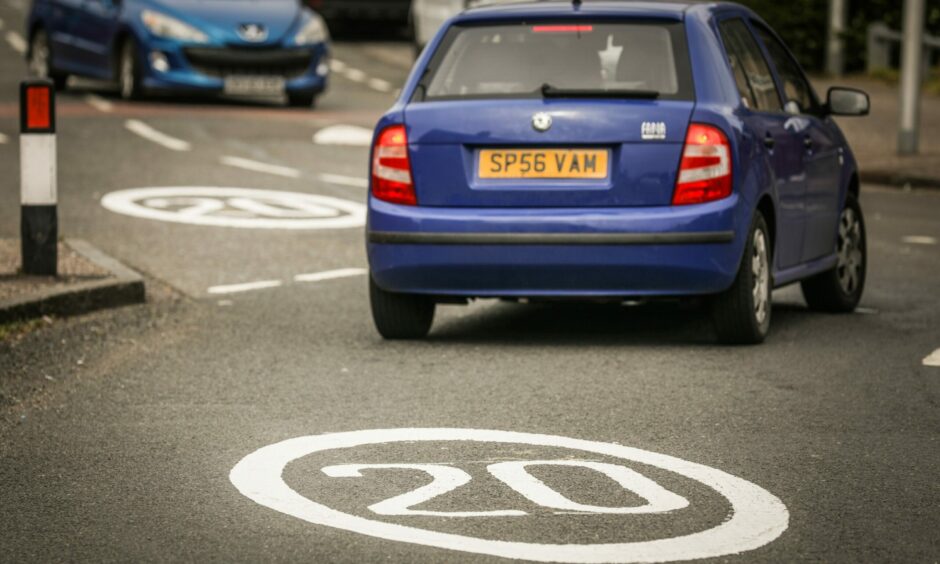

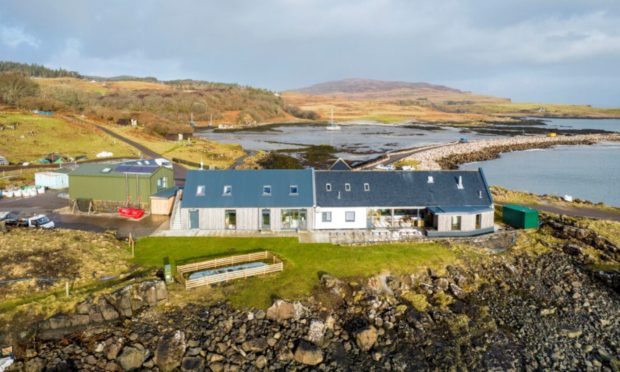
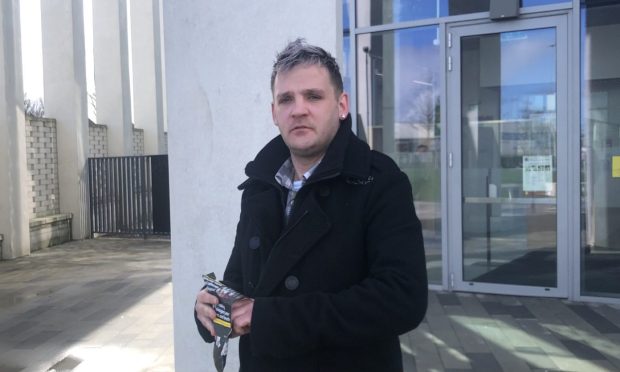
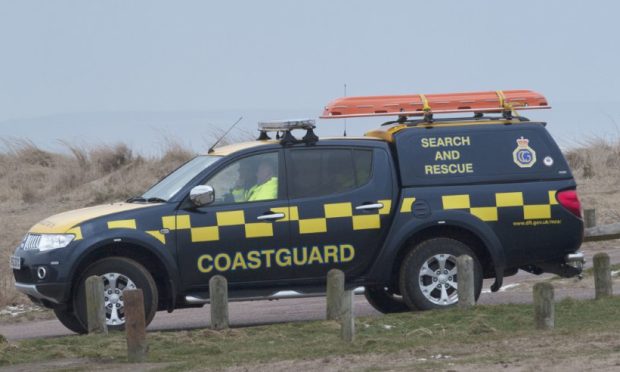
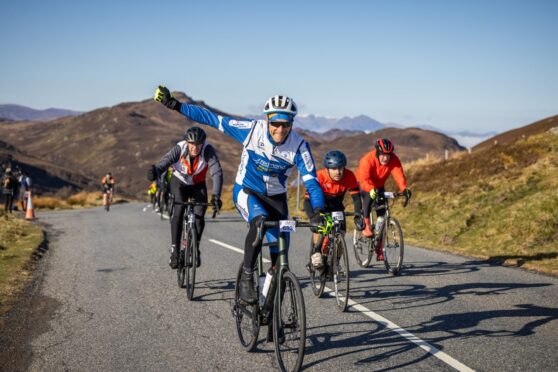


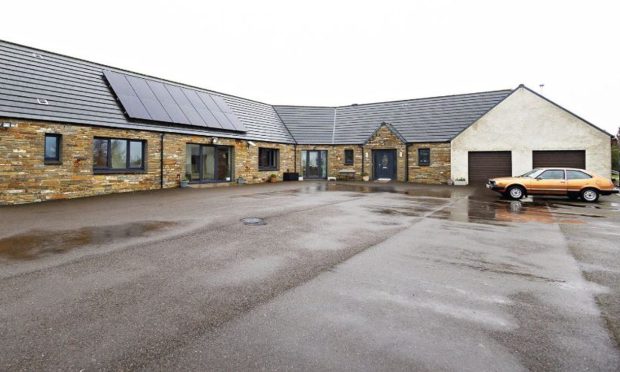

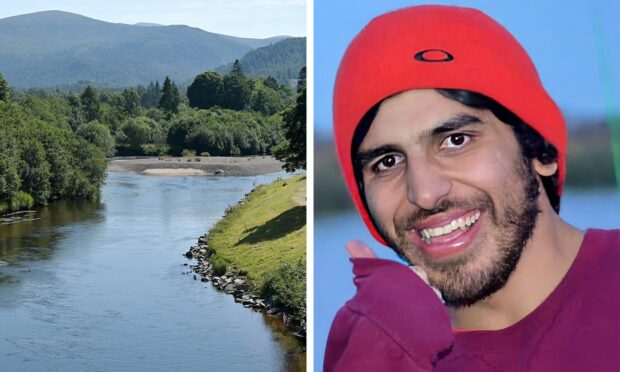
Conversation